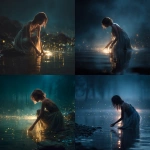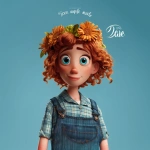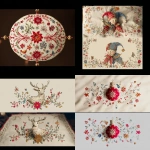Explore the Best AI Image Gallery

The AI-Powered Canvas: Reshaping Design with Intelligent Imagery
Artificial intelligence (AI) is rapidly changing the creative landscape, and nowhere is this more evident than in the realm of image generation. AI-powered tools are now capable of producing stunningly realistic and imaginative visuals, blurring the lines between human and machine creativity. This revolution in design has profound implications for artists, designers, and businesses alike.
Unleashing Creative Potential: Applications of AI Images in Design
AI image generation opens up a world of possibilities for designers across diverse fields:
- Logo and Branding Design: AI can generate unique logo concepts based on specific keywords, styles, and brand values, accelerating the design process and offering fresh perspectives.
- Marketing and Advertising: Generate eye-catching visuals for social media campaigns, product advertisements, and marketing collateral.
- Web and UI/UX Design: Create compelling user interfaces and website graphics that are both visually appealing and functionally effective.
- Illustration and Concept Art: Artists can leverage AI to quickly sketch out ideas, explore different visual styles, and refine concepts for illustrations, comics, and game assets.
- Product Design: Visualize and iterate on product prototypes using AI-generated images, aiding in the development process.
Navigating the Ethical Landscape
While the potential of AI image generation is vast, it also raises important ethical considerations:
- Copyright and Ownership: Who owns the copyright to AI-generated images? The creator of the AI tool, the user who provides the input, or the AI itself? This legal grey area requires careful consideration.
- Bias and Representation: AI algorithms are trained on existing datasets, which can perpetuate biases present in society. Its crucial to ensure that AI-generated images are diverse and representative of different cultures and perspectives.
- Job displacement: Some fear that AI image generation may automate creative tasks currently performed by human designers, leading to job losses. However, its more likely that AI will augment human creativity rather than replace it entirely.
The Future of Design: A Collaborative Landscape
As AI technology continues to evolve, the future of design lies in a collaborative partnership between humans and machines.
- AI as a Creative Tool: Designers will increasingly leverage AI as a powerful tool to enhance their workflows, generate ideas, and iterate on designs more efficiently.
- Human Creativity Endures: While AI can automate certain tasks, it cannot replicate the human touch—the empathy, intuition, and emotional intelligence that drive truly impactful design.
- Evolving Skillsets: Designers will need to adapt and develop new skills to effectively collaborate with AI systems, including understanding how to prompt AI tools, interpret AI-generated outputs, and ensure ethical considerations are addressed.
Conclusion
The integration of AI image generation into the design industry is a transformative shift that presents both opportunities and challenges. By embracing this technology responsibly, fostering collaboration between humans and machines, and prioritizing ethical considerations, designers can harness the power of AI to unlock new levels of creativity and innovation.




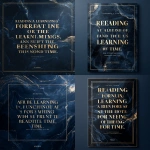




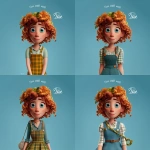
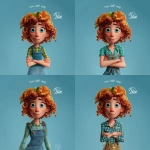
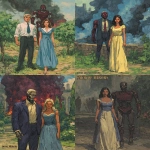

](https://images.ai-img.art/thumbnails/150/655229c40961cb7ff5abd4b4190e02c94ea1a961106e7547a562649c945268be.webp)



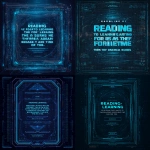
](https://images.ai-img.art/thumbnails/150/26c16e4f635deee86633de398088ca98d9bb748d6e7601436b07e882fab236cb.webp)



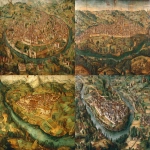
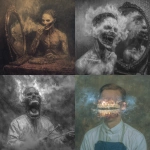
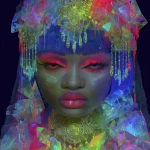

](https://images.ai-img.art/thumbnails/150/184b4b030e30be0a6d51b544226cb4cf2271977814d935d3aaa2b7529355b3b7.webp)

](https://images.ai-img.art/thumbnails/150/6c909fd6d38caac6572b592dd97831deb7d6562bba142798574677582676dfc1.webp)
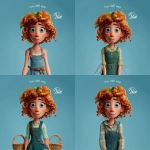
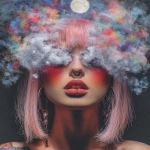

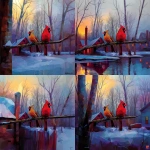

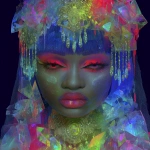
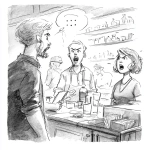

](https://images.ai-img.art/thumbnails/150/60973df1d727dbbf8e6922b7e4836814ab6012106eb9dcfe99aea7aec15f3710.webp)
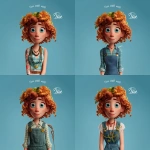
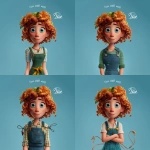

](https://images.ai-img.art/thumbnails/150/1202074d0d60b08b64d0f91f36468608aaac200a02b721cc8e6d8ec8a908432c.webp)

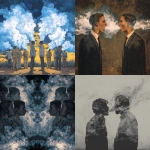
](https://images.ai-img.art/thumbnails/150/e6a179db327f0374ec327d0fdab48ac1f2dc47123eed103b0a41ed346280d07d.webp)
